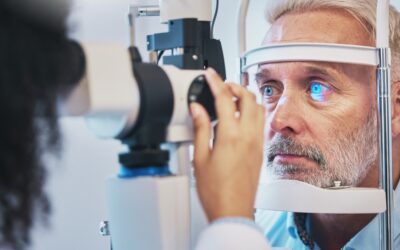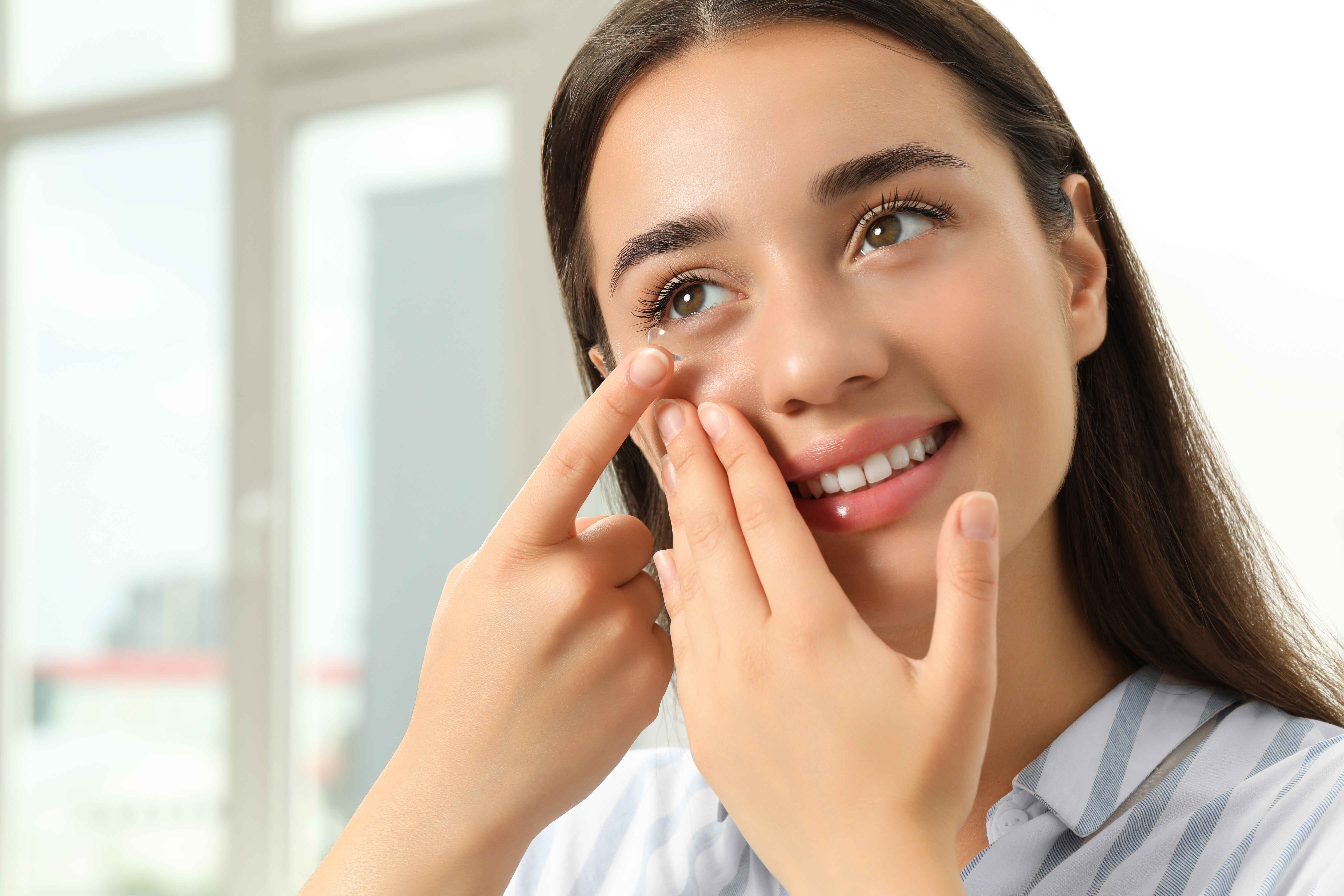Table of Contents
When parents prepare for a new school year, scheduling an eye exam for their child is usually on the top of the list. Eye doctors in Tulsa, Oklahoma and across the country note that parents are more and more concerned about their children’s increased screen time. As parents become increasingly aware of this issue, offering plans that protect children’s vision from common issues associated with screens can result in a stronger benefits package.
Vision symptoms in children
Vision problems can affect academic performance, but children are often unaware of their vision symptoms. Of course, comprehensive eye exams are crucial to maintaining optimal vision for any individual. But because refractive errors affect nearly 20% of all children, these exams are especially important for students.
Between remote learning and technology in the classroom — not to mention their own devices — children spend more and more time in front of screens. And more screen time means more exposure to blue light, which, according to research, can lead to retina damage. Studies have suggested that kids’ prolonged screen time can also produce an increased risk for myopia.
Screen use can also result in eyestrain, headaches, and computer vision syndrome, or digital eyestrain, which typically affects about 50% of computer users. Symptoms can include blurry vision, headaches, eyestrain, dry or irritated eyes, itchy eyes, neck and shoulder pain, and poor sleep quality.
Limiting time, taking breaks, reminding them to blink frequently and providing protection from blue light rays can reduce the effects of digital eyestrain. Blue light filters are available for some screens but if there are multiple devices, blue light glasses are the most convenient method for protection.
Fashionable Vision Protection
When a child was forced to wear glasses “back in the day,” everyone had the same basic eyewear. The frame was usually just a plain brown or black, with a square shape. Unlike today, children who needed eyeglasses had few options. Children who wore glasses were often teased and bullied; the term “four eyes” was a common insult on the playground.
Today is a different story. Now, glasses are on-trend. More children actually want to wear eyeglasses, even when they do not require vision correction. Sporting eyeglasses have become increasingly popular as part of “geek chic” fashion.
Most children aspire to feel part of their peer group. Today that aspiration can include wanting to wear glasses with or without visual correction issues. Youngsters may even have blue light glasses on their wish list! But are blue light filter protection lenses for students really necessary?
Blue light eye protection
Blue light contains a large amount of energy, almost as much as ultraviolet lights. Sources of blue light include TV, video games, computers, tablets and iPads, LED light bulbs, and fluorescent light bulbs. Consistent exposure to artificial blue light may contribute to eye issues. While not all digital devices harm eyes or lead to eye disease, blue light filtering should be considered.
Children are now involved in “blended learning” which includes Internet and/or a specific school module for students studying at home resulting in increased screen time. In addition, approximately 42% of young children have their own device compared to just four years ago when only 7% had their own. The CDC reports that kids spend at least seven hours in front of a screen and some as much as 12 hours.
Not only is over-exposure to TV and movies a growing concern, but the constant and continuous use of digital devices has caused somewhat of a new hysteria among parents and eye doctors. Blue light eye protection for students has developed into a movement in the eyeglass industry.
Choosing children’s eye protection
Whether there is a change in prescription or even a first time wearer for eyeglasses there are many decisions to be made. What specific lenses will the doctor recommend, what frame size will be the best fit and, of course, which style is the child going to want to wear? Vision Care Direct helps parents and eye doctors in Tulsa, Oklahoma and across the country select the best eye protection for children.
Blue light protection adds another item to consider. But as parents research options for their child’s vision plan, they discover that many are expensive or carry a colossal deductible. In addition, very few plans consider blue light lenses a covered item.
Eye doctors in Tulsa, Oklahoma offer early detection and care of children’s vision problems
Vision Care Direct of Oklahoma is a great option with several different reasonable plans. Eye doctors in Tulsa, Oklahoma can perform comprehensive exams, detect vision problems early and personally guide their patients in choosing the optimal eyewear for them.
Parents will be at ease knowing that the plans offered through Vision Care Direct do not require a minimum prescription restriction, so blue light protection for students can easily be obtained. While the blue light filter is not a covered item, the frames, lenses, and AR coating are all included so parents would only be responsible for the blue light filter upgrade.
With all of the decisions parents are experiencing in these challenging times, choosing a vision plan for their child’s eye health should be effortless.






















































